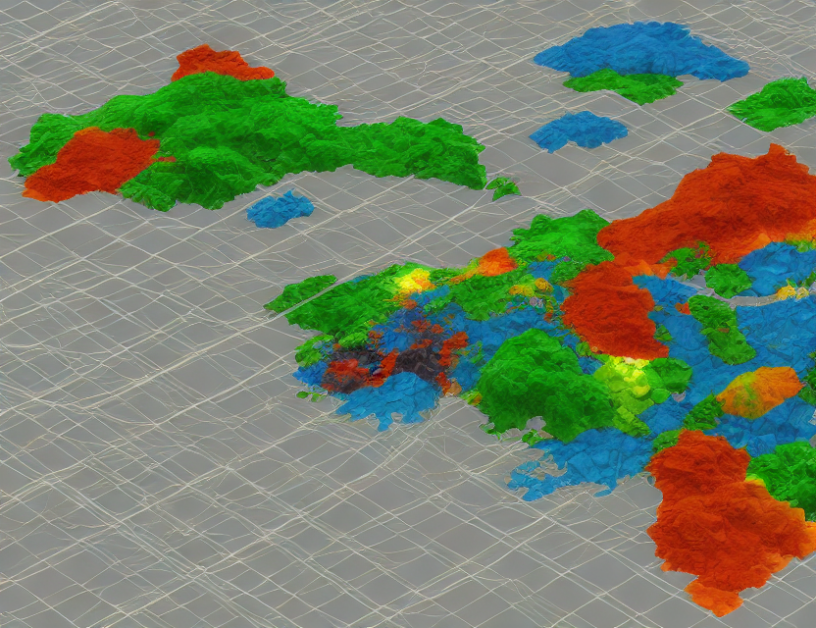In this article, we delve into the realm of unified representations that can handle both visual and language tasks with ease. By combining the strengths of diffusion models and style transfer methods, we create a powerful toolkit that can tackle diverse challenges across multiple domains. Our innovative approach utilizes a transformer feature fusion network to fuse the information from different modalities, enabling us to capture complex patterns and relationships between visual and textual inputs.
Visualizing the Magic of Unified Representations
To appreciate the potential of unified representations, let’s consider an analogy. Imagine you have a magic wand that can change the color of any object in front of you. With this wand, you could turn a red apple green or make a blue sky more vibrant. Now, imagine having another wand that allows you to manipulate the texture of objects, making them smooth or rough. By combining these two wands, you could create an entirely new experience, transforming not just the color but also the feel of the objects around you.
Similarly, unified representations provide a way to blend the strengths of visual and language models, enabling us to tackle complex tasks that require both modalities. By fusing the features from these two worlds, we can create a more robust representation that captures the essence of both domains.
A Closer Look at Transformer Feature Fusion Networks
So how do we create these unified representations? The key lies in the transformer feature fusion network, which combines the modalities in a way that preserves their unique properties. This network takes the features from each modality and fuses them into a single representation, ensuring that the essential information from both worlds is captured.
Think of this fusion process like cooking a delicious meal. Imagine you have two chefs working in separate kitchens, one for visual dishes and the other for language-based ones. By sharing their expertise and combining their creations, they can create a culinary masterpiece that appeals to both your taste buds and your cognitive senses.
The Benefits of Unified Representations
Now that we’ve explored how unified representations work, let’s examine the advantages they offer. One significant benefit is improved generalization across tasks. By fusing the features from different modalities, our models can learn a more robust representation that generalizes better to new situations. This means that our unified models can perform well on a variety of tasks, from image classification to text generation, without requiring task-specific architectures.
Another advantage of unified representations is their ability to handle complex input datasets. Imagine you’re working with a dataset that contains both images and textual descriptions of objects. By utilizing unified representations, you can process these inputs simultaneously, capturing the relationships between them in a more natural way. This can lead to better performance on tasks such as image-text matching, where our models need to align visual features with corresponding textual descriptions.
Finally, unified representations offer a more efficient way of training and deploying models. By sharing knowledge across modalities, we can reduce the overall size of our models while maintaining their performance. This means that our models can be trained faster and deployed more easily, making them more practical for real-world applications.
Conclusion: Unlocking the Power of Unified Representations
In this article, we’ve delved into the realm of unified representations, exploring how they can handle both visual and language tasks with ease. By combining the strengths of diffusion models and style transfer methods, we create a powerful toolkit that can tackle diverse challenges across multiple domains. With transformer feature fusion networks at their core, these unified representations offer improved generalization, handling of complex input datasets, and more efficient training and deployment. As we continue to push the boundaries of what’s possible with AI, unified representations are sure to play a crucial role in shaping our future.
Computer Science, Computer Vision and Pattern Recognition
Comparing Diffusion Models for Label-Efficient Learning



